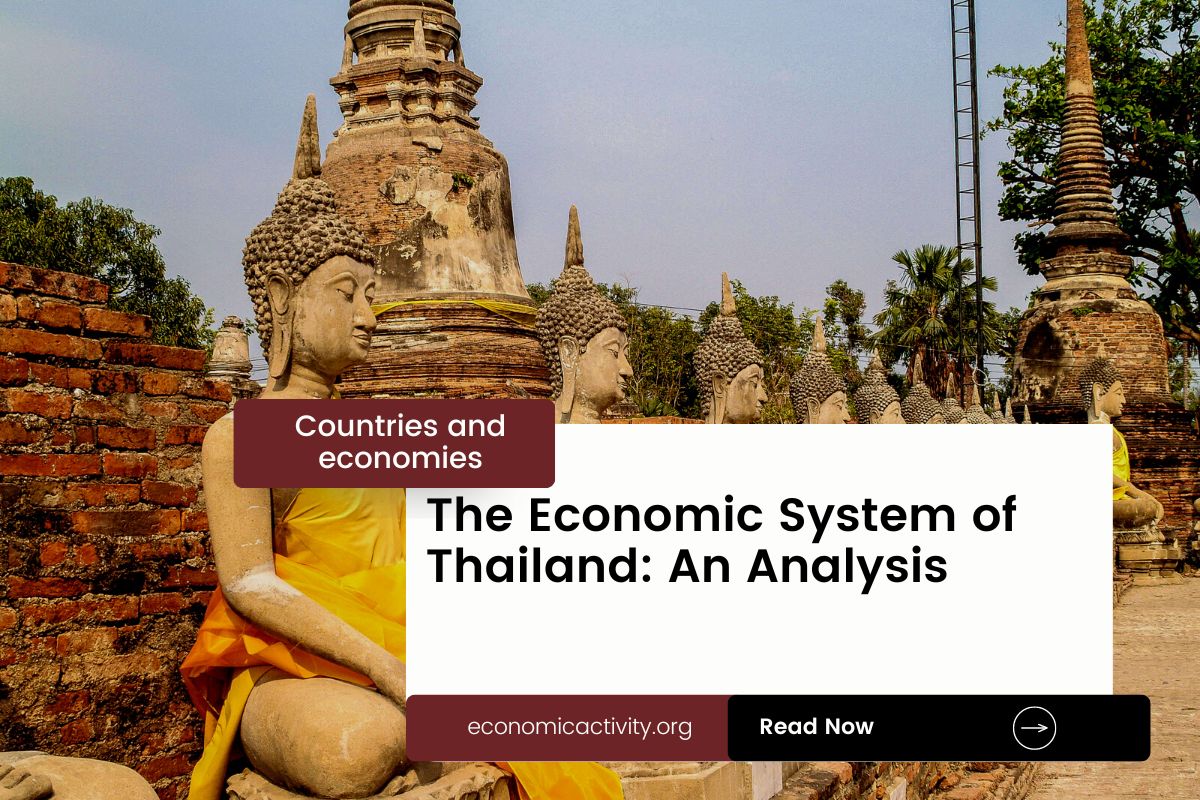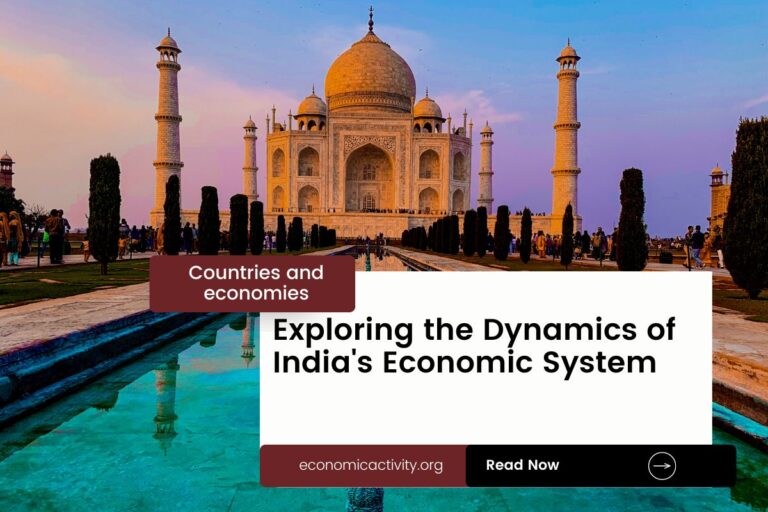What is the economic system of Thailand? The economy of Thailand is based on a mixed economy. The country’s economic system combines elements of a market economy and a planned economy.
Thailand has a mixed economy with agriculture, industry, and services sectors. It’s the world’s largest exporter of rice, and its industry sector includes automotive, electronics, and textiles. Tourism also plays a key role in its economy.
In Thailand, the economy is composed of a private sector, consisting of individuals and businesses that make autonomous decisions based on self-interest, and a public sector, where the state determines the production and distribution of specific goods and services. No country is purely capitalist or purely communist.
What do the freedom indexes tell about the economic system of Thailand?
Now, to determine if a country is mostly a market economy or a planned economy, it is useful to examine some economic indexes. For instance, according to the 2022 Index of Economic Freedom, which measures the ability of every human to control his own labor and property, Thailand is ranked 70th globally and 13th in Asia-Pacific indicating that the country has a moderately free economy.
In a similar way, the 2022 Freedom House index evaluates the state of political rights and civil liberties globally. Generally, market economies tend to align more with democracy and freedom, while command economies tend to be characterized by greater state control and fewer democratic and civil liberty protections.
Thailand gets a score of 29/100, which qualifies it as Not Free. Thailand is a country where the government controls what people do for political reasons, and people have limited freedom to choose (what, how much, and how to produce, whether to buy or not, selling price, etc.)
The Link Between Public Sector Employment and the Economic System of Thailand
An indicator of the extent to which the State is involved in the economy is the number of public sector employees. In Thailand, according to ILOSTAT, the number of public sector employees as a percentage of the total workforce is 9.3% (2019).
In the country’s mixed economy, the number of public sector employees as a percentage of the total workforce varies based on the specific policies and practices adopted by the State.
Some economic activities are left to the private sector while others are under government control. The bigger the public sector the closer is the economy to being a command economy.
What do the biggest companies in Thailand say about the country’s economic system?
The biggest company in Thailand should also be looked at, as well as whether it is a state-owned or private company. In this case, PTT PCL is a Thai energy conglomerate, founded in 1984. It is the largest company in Thailand and is involved in oil, gas, petrochemicals, and retail.
The major owner of PTT Public Company Limited is the Ministry of Finance of Thailand, holding a 51.1% stake in the company. source
It shows how the government plays a major role in multiple companies in the country.
More: Top 10 Biggest companies by revenue in Thailand (2023 data)
The historical factors that have influenced the economic system of Thailand
The mixed economy system of Thailand is the result of a combination of factors, including the country’s colonial history, its rapid economic growth, and its strategic location in Southeast Asia.
The colonial period saw the introduction of foreign capital and technology, which helped to modernize the economy. After World War II, Thailand experienced rapid economic growth, which was driven by exports and foreign investment.
This growth was further bolstered by Thailand’s strategic location, which allowed it to benefit from regional trade and investment. These factors combined to create the current mixed economy system of Thailand.





Leave a Reply